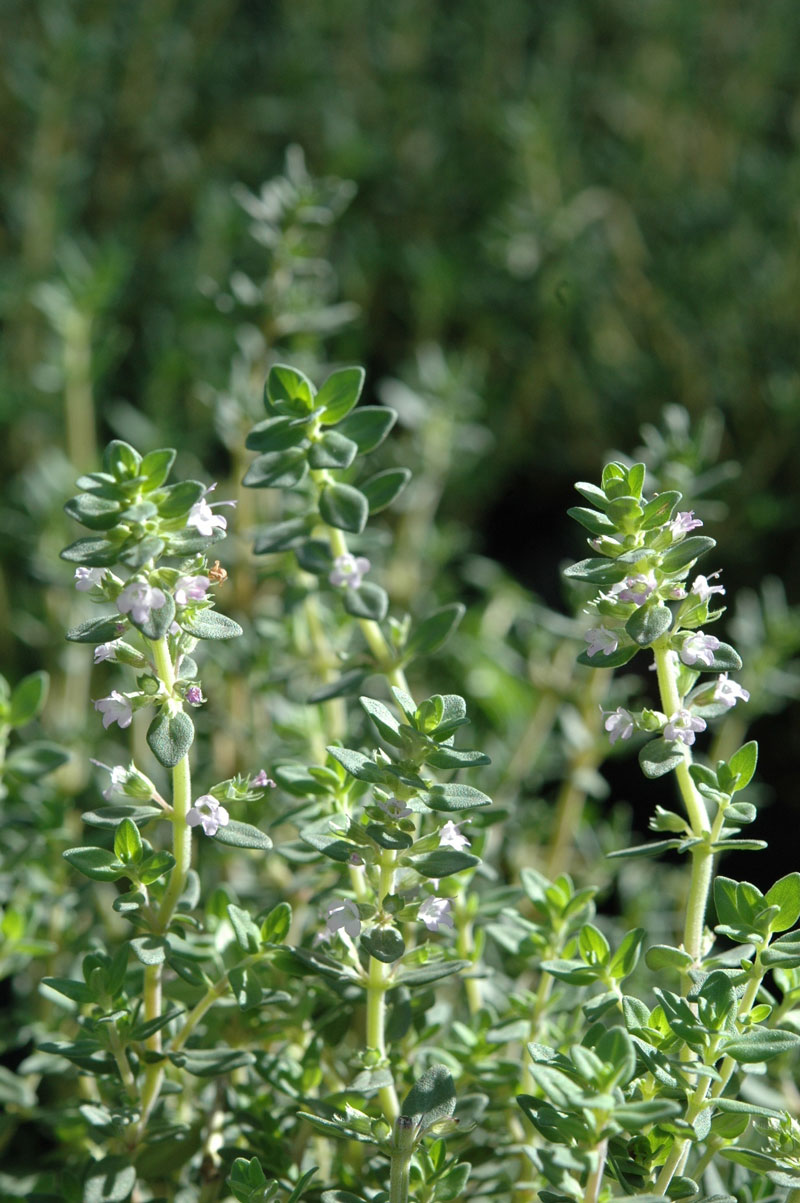For centuries man has relied on traditional and medicinal plants to alleviate and cure an array of different ailments. Today many people are returning to these natural remedies.
Whether you need to build up your immune system with foods high in vitamin C, soothe a sore throat or relieve blocked noses, there are medicinal plants to help.
Related to medicinal plants: HOW TO MAKE HEALTHY HERBAL REMEDIES
Grow these medicinal plants:
THYME (THYMUS VULGARIS)
Apart from its culinary uses, this well-known herb from the Mediterranean is invaluable for the treatment of respiratory infections, for soothing sore throats and relieving nasal congestion, while its expectorant properties help to ease coughs. The essential oil in the leaves has antiseptic qualities making it useful as a mouth wash, for inflamed throats and for tonsillitis.
Growing tips: Grow thyme from seed sown in spring, rooted pieces or cuttings taken in spring or purchase six-pack trays at your nursery. Reaching just 30cm, it can be used as a groundcover, as an edging for a bed or border, between stepping stones or planted up in pots. It needs full sun, well-drained light soil and, although fairly drought tolerant, benefits from regular watering
SAGES
Both the culinary sage S. officinalis, and a few of our indigenous salvias like S. africana-caerulea and S. africana-lutea contain substances which are anti-microbial, -fungal and -viral as well as anti-inflammatory. Chewing a few leaves will soothe a sore throat. Teas or an infusion can be used as a gargle for sore throats or as a mouthwash. Make your own sage cough mixture by adding 2T fresh lemon juice and 4T honey to ½ cup chopped sage leaves. Mix well and sip frequently.
Growing tips: Sages need full sun and slightly alkaline, well-drained soil. They are grown best from cuttings taken in spring or summer and rooted in a loose, sandy loam soil or from plants bought at a nursery. They can be grown in containers.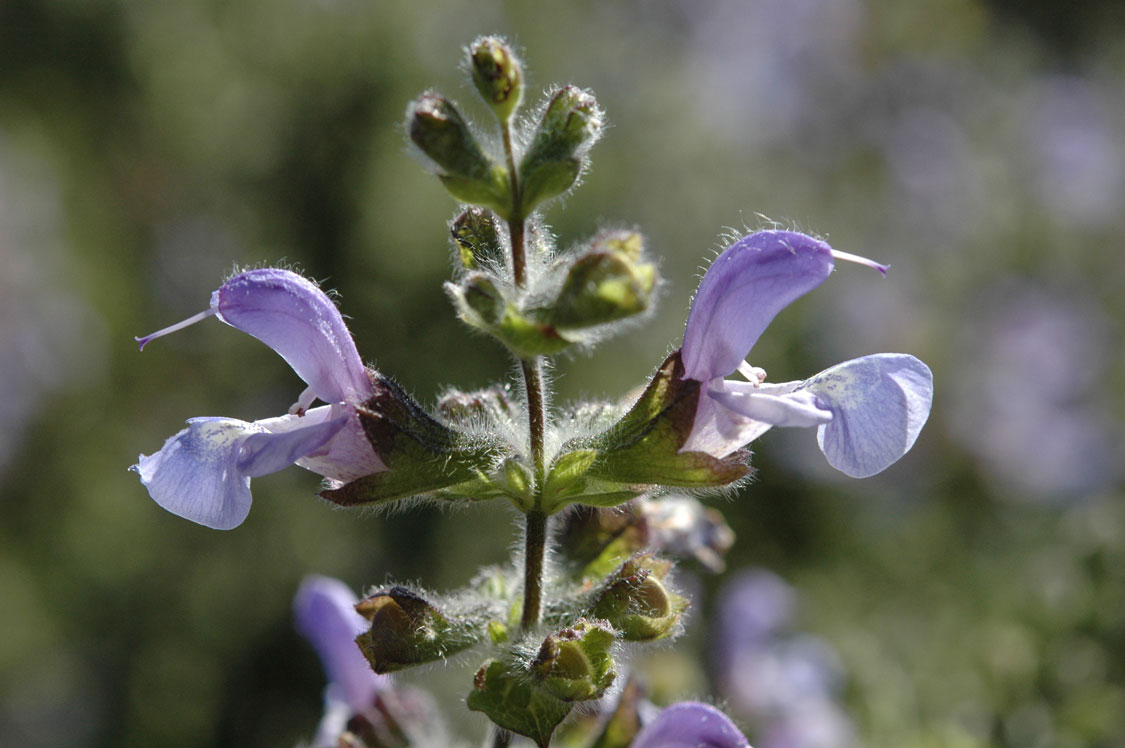
Read More like medicinal plants: How to grow body cleansing herbs
NASTURTIUM (TROPAEOLUM MAJUS)
Just because nasturtiums are considered rather common, easy-to-grow plants, they shouldn’t be overlooked as the leaves contain a natural antibiotic and are high in vitamin C. As soon as you feel a sore throat coming on, simply chew on a few leaves; repeat this an hour later and again after another hour if necessary. This will also help to protect you from coughs, colds and flu.
Growing tips: Nasturtiums are annuals and are easily grown from their large seeds which are generally sown in autumn; thereafter they will pop up unasked. Give them full sun and don’t over feed them if you want lots of flowers. In small gardens, try the more compact dwarf varieties; allow trailers to climb up a wall or cascade down a bank.
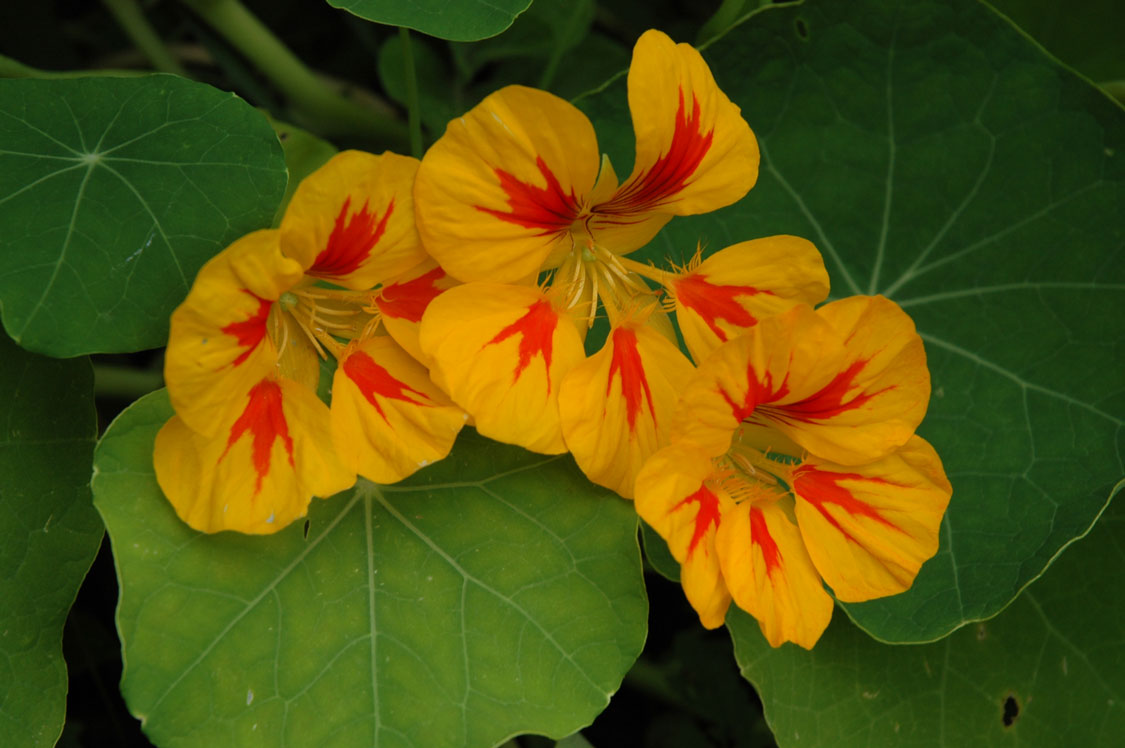
WILDE ALS (ARTEMISIA AFRA OR AFRICAN WORMWOOD)
This is one of our oldest and best-known indigenous medicinal plants. It has a wealth of uses including treating malaria. Use an infusion of the leaves to treat coughs, colds and flu; a little honey can be added to help mask the bitter flavour and will also soothe the throat. It is however a brandy made from wilde als which is better known as an old remedy. Adding a few sprigs to the bathwater is said to help reduce a fever while a tight chest resulting from asthma, bronchitis or blocked noses can be relieved by inhaling the vapour. Do not use for long periods.
Growing tips: Wilde als, is an attractive, very aromatic perennial that will visually enhance both the herb garden and your perennial border with its feathery grey-green leaves. It is best propagated from cuttings or by division in spring. Grow in full sun. It is relatively drought tolerant, tough and fast growing. Cut it back hard in winter.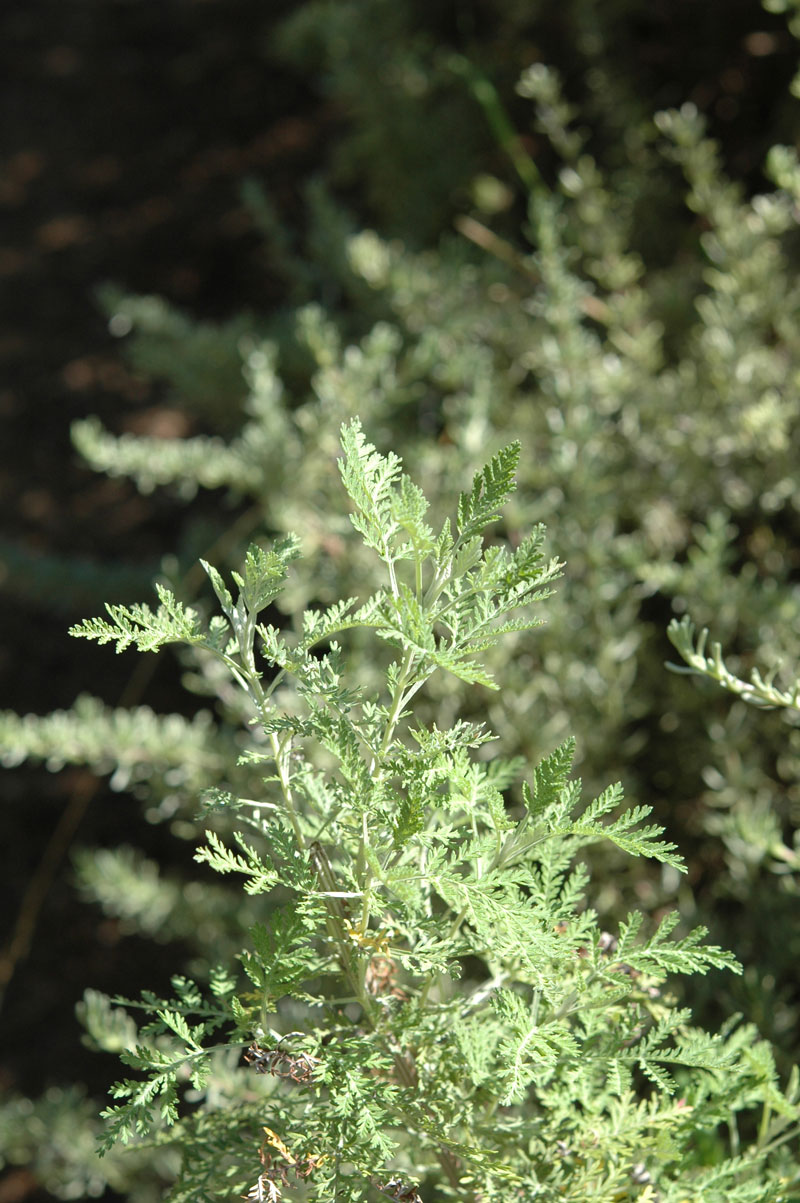
BULBINELLA (BULBINELLA FRUTESCENS OR BURN JELLY PLANT)
The leaves of this indigenous, fast-growing, succulent groundcover are filled with a soothing sap or gel. It’s this substance which is used to help heal and relieve the pain of sore, chapped lips, fever blisters (cold sores) and mouth ulcers. Just break off a piece of leaf and dab the gel on the affected area.
Growing tips: Bulbinella is a water-wise, clump-forming plant. It is easy to grow from cuttings or simply by splitting the plant and pushing the individual plantlets into the soil. It needs full sun and well-drained soil and it thrives when fed and composted. With its spikes of yellow or orange flowers it makes a neat, colourful border to flower beds and is also a good subject for containers.
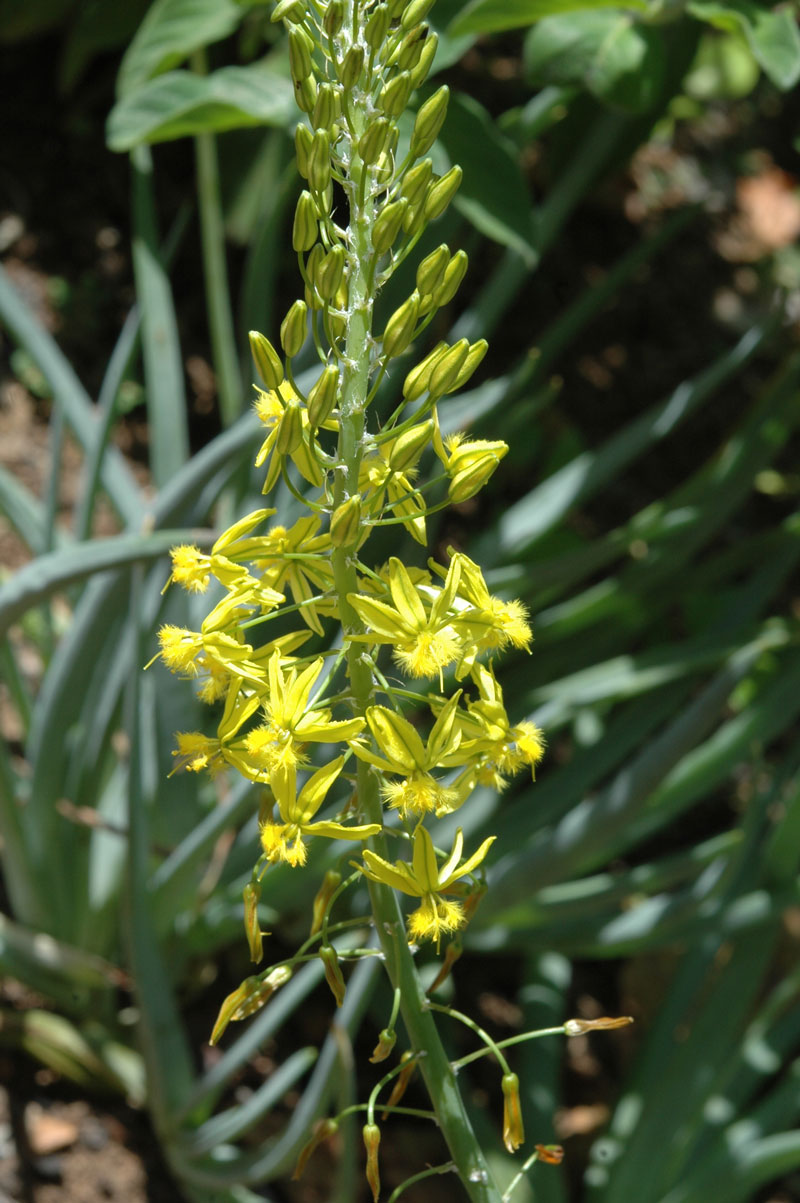
CALENDULA (CALENDULA OFFICINALIS)
This hardy annual is worth growing in winter just for its bright and cheerful flowers which have amazing soothing, healing, antiseptic and anti-inflammatory properties, making it a great medicinal plant. Buy oil of calendula or harvest your own from the flowers; in which case macerate the petals to release the healing oils. Add to aqueous cream to make a soothing and healing ointment (see recipe, right) for chilblains, cracked heels and dry lips which are common in the dry Highveld in winter.
Growing tips: Grow calendulas, which are winter-flowering annuals, from seed sown in situ or in trays, in autumn in a sunny, warm spot. Maintain by feeding, watering and deadheading regularly.
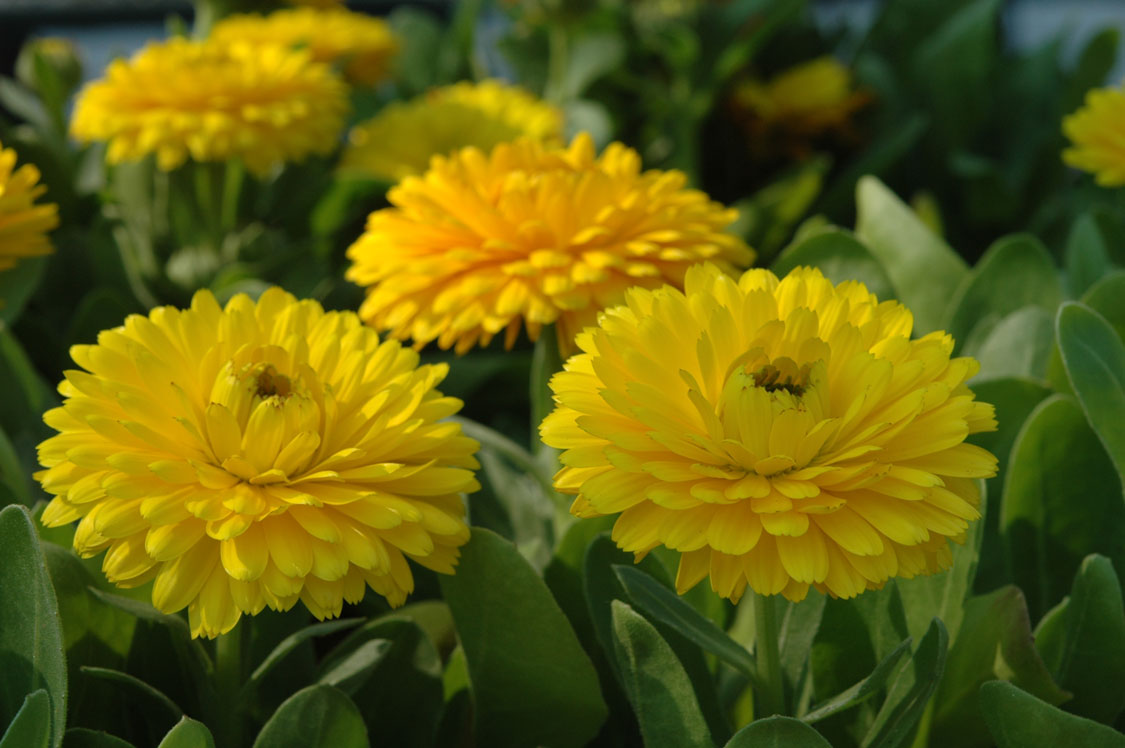
A good reference for indigenous herbs is Indigenous Healing Plants of the Herb and Fragrance Gardens compiled by Alex Dyson (published by NBI)
*Although natural, herbal remedies can be toxic. Use them with caution. Children and pregnant women should be particularly careful.

